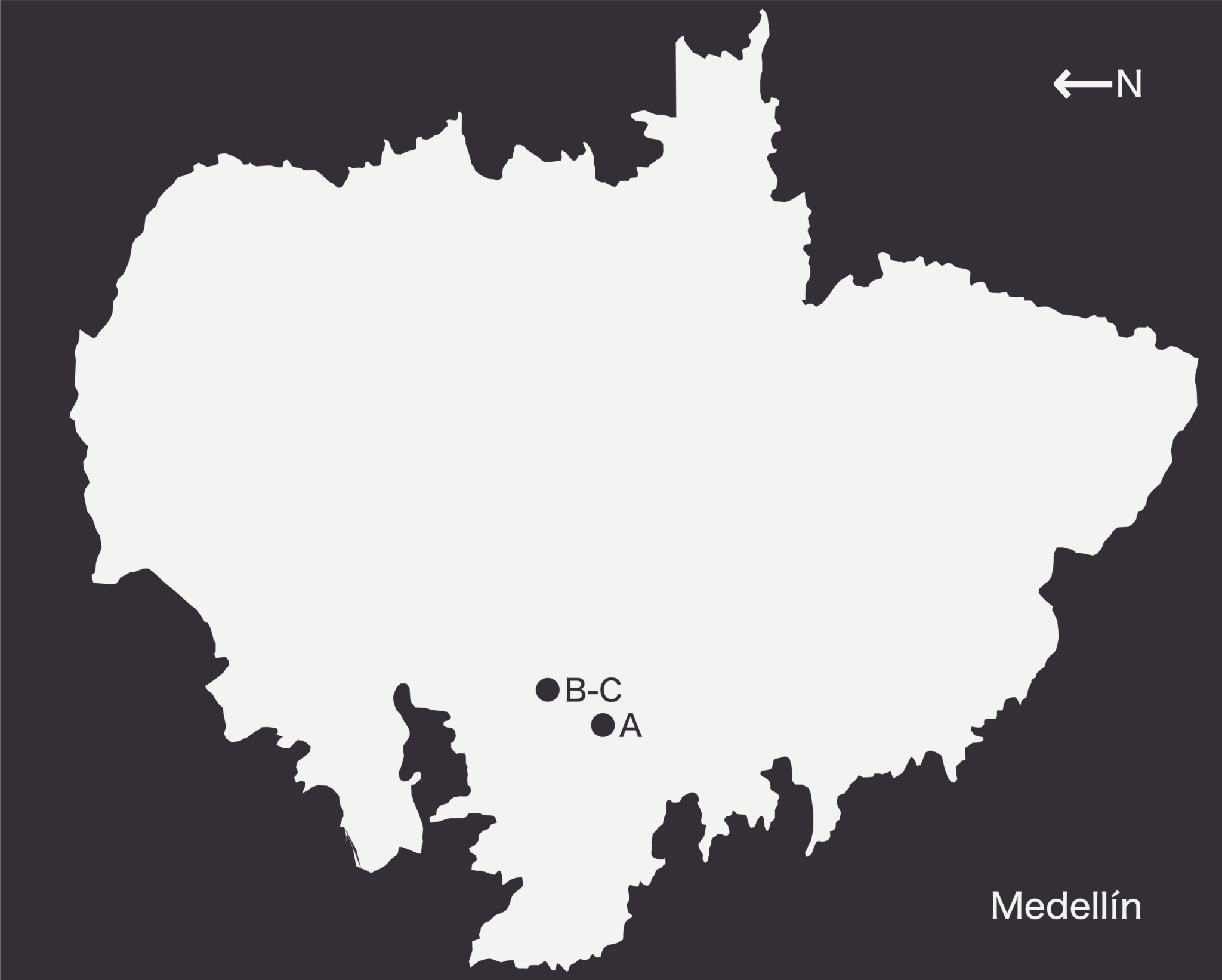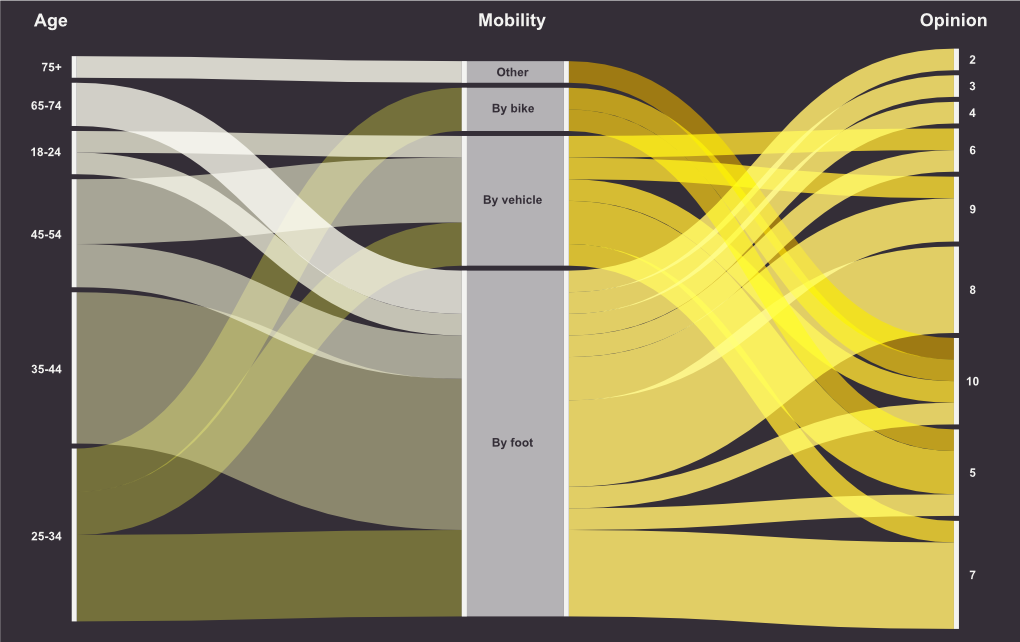▒▒▒▒▒▒▒▒▒▒▒▒▒▒▒▒▒▒▒▒▒▒▒▒▒▒▒▒▒▒▒▒▒▒▒▒▒▒▒▒▒▒▒▒▒▒▒▒ This number has been curated by Rachel Douglas-Jones and Tomás Sánchez-Criado. ▒▒▒▒▒▒▒▒▒▒▒▒▒▒▒▒▒▒▒▒▒▒▒▒▒▒▒▒▒▒▒▒▒▒▒
Glitch: A small problem or fault that prevents something from being successful or working as well as it should.
Cambridge Dictionary
Cite this article: Orrego, S. 2023. “Glitch infrastructures: walking on a mosaic of failures.” Tarde 1 (Sep – Oct). DOI: 10.17605/OSF.IO/FJ5V9
Sidewalks are the most popular spaces for pedestrian circulation. They are places of social interaction where the complexities of urban life flourish in an amalgamation of crashes and encounters. But sidewalks are not neutral scenarios where things happen. The way the sidewalks are made, the elements used, and the logic behind their (re)designs, play a crucial role in the development of those social interactions. Precisely, this number of Tarde is about the material and structural dimensions of sidewalks.
Particularly, it will pay attention to a bunch of sidewalks in western Medellín, Colombia, focusing on their enactments and compositions. Those sidewalks have the structural peculiarity of being broken, damaged, turned into something else, and even usurped, but somehow still functioning as sidewalks. Together, they form an overall functional patchwork quilt of individual failures that once it is aligned and observed from above, behaves as a functional infrastructural element designed to safely and efficiently mobilize bodies across the city.
A walking tour through glitchy sidewalks
Walking through glitch infrastructures, one needs to watch their step at any moment, there are traps everywhere. It could be a smooth tile that when is wet turns into a soapy track where an unsuspecting walker can easily slip and fall. It may be a ground energy meter without a lid, but it is also possible to face some sporadic thick slopes made to let cars go in and out of private garages as well as irregular steps randomly located around the walking infrastructure to try to level the bulging geography of Medellín’s sidewalks.


Perception survey
Are pedestrians aware of glitches? Do they care for glitchy infrastructures? 25 people were interviewed regarding their perception and daily experiences walking over malfunctioning sidewalks in the three routes above presented. After being classified by age, and their main way of moving around their neighborhood (Figure 1), their opinion about Medellín’s sidewalks was collected through a ranking exercise on a scale of one (bad) to ten (excellent). In general terms, the pedestrian perception of their neighborhood’s sidewalks was positive.
However, regardless of their opinion on the quality of their neighborhood’s sidewalks, people were able to identify glitches as a continuous presence in their trajectories (Figure 2). This situation reinforces the idea proposed in this issue that rather than trying to repair or eliminate infrastructural glitches, people have learned how to live with them.


Access the survey’s data
Handbook references
[1] Jacobs, J. (1961). The Death and Life of Great American Cities. Vintage Books.
[2] Cambridge. (n.d.). Glitch. Cambridge Dictionary. https://dictionary.cambridge.org/dictionary/english/glitch..
[3] De Laet, M. & Mol, A. (2000). The Zimbabwe Bush Pump. Social Studies of Science, 30(2), 225-263. https://www.jstor.org/stable/285835.
[4] Lefebvre, H. (2006). Rhythmanalysis: Space, Time and Everyday Life. Continuum.
[5]. Duneier, M. (2000). Sidewalk. Farrar, Straus and Giroux
[6] Delgado, M. (2003). Naturalismo y realismo en etnografía urbana. Cuestiones metodológicas para una antropología de las calles. Revista Colombiana de Antropología, 39, 7-39. http://dx.doi.org/10.22380/2539472X.1233
[7] Akrich, M. (1992). The De-Scription of Technical Objects. In Bijker, E. & Law, J. (Eds.). Shaping Technology / Building Society: Studies in Sociotechnical Change. (p.p. 205-224). The MIT Press.
[8] Froehlich, J., Saugstad, M., Saha, M., & Johnson, M. (2020). Towards Mapping and Assessing Sidewalk Accessibility Across Sociocultural and Geographic Contexts. https://manaswisaha.github.io/publications/geographic-contexts_avi2020workshop.pdf.




